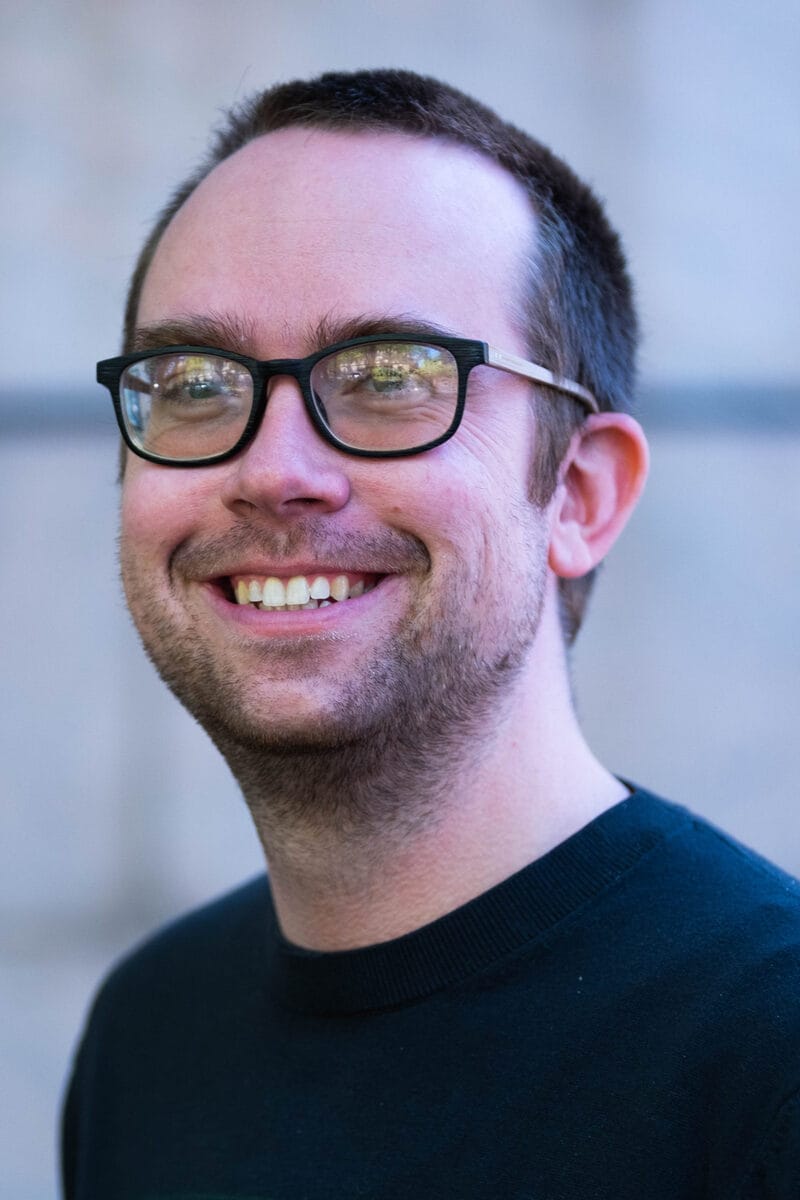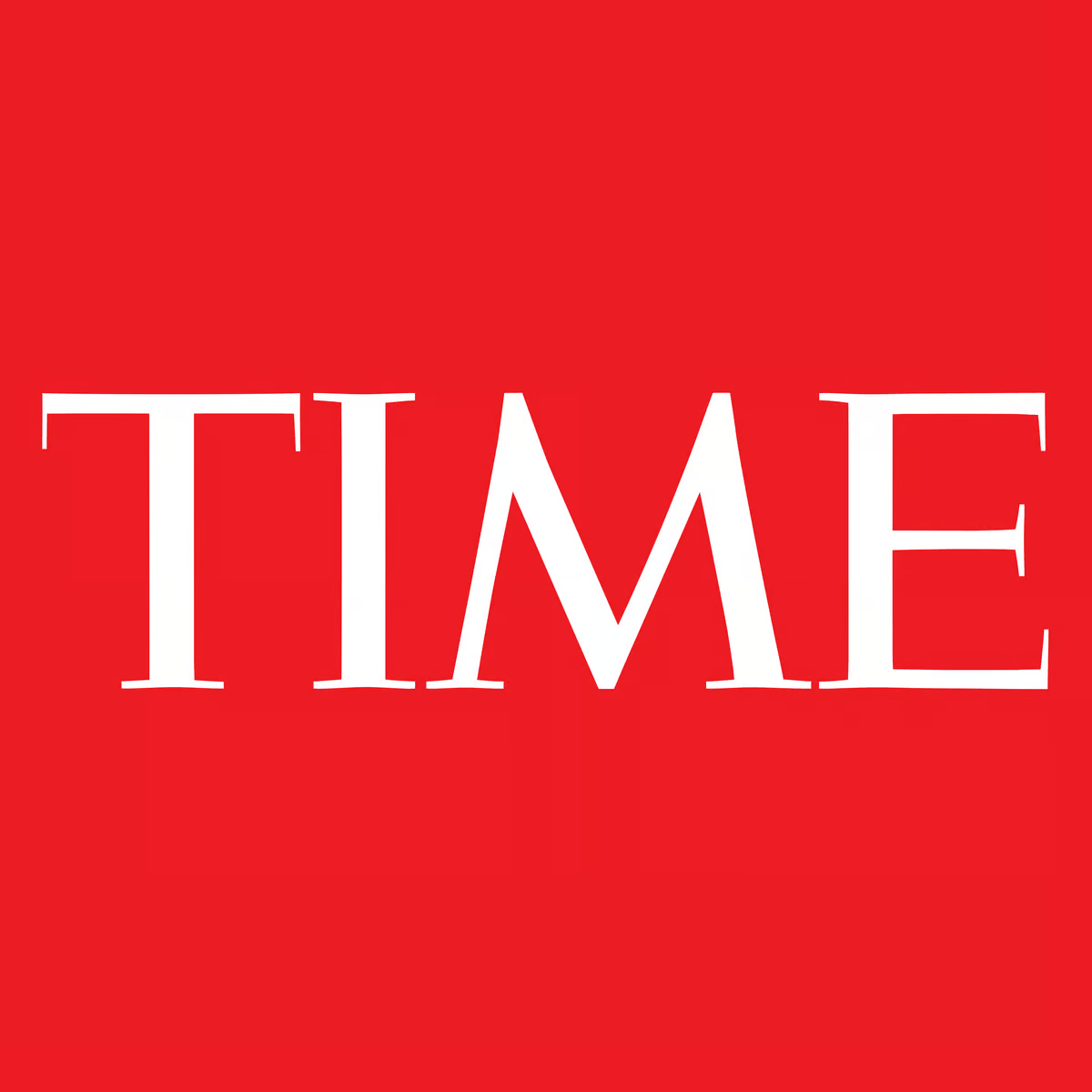Welcome to Chalkbeat Ideas. I’m glad you’re here. Last call to RSVP for our first online event this Thursday, where we’ll unpack new data on learning loss.
American colleges are under siege.
The Trump administration has waged a legal and rhetorical battle against the country’s elite universities. Voters have grown increasingly skeptical of higher education. Some high school students are questioning the value of a college diploma. In turn, there’s been a veritable firehose of news stories about a generational pivot away from college due to some combination of ruinous costs, close-minded campus cultures, and appealing alternatives.
It is a disorienting experience, then, to examine the cold, hard data of higher education.
College tuition has become more affordable in recent years. The economic return on a bachelor’s degree has stopped growing but remains near historic highs. After a post-pandemic dip, four-year college enrollment has almost fully recovered to near-record levels. Students are increasingly flocking to flagship public universities like UCLA and the University of Michigan.
Whatever the problems of higher education, the narrative has raced far ahead of the reality.
Much of this mistaken story stems from a simple confusion: conflating enrollment in two-year and four-year colleges. While it’s true that fewer people are in community colleges, the number of students seeking bachelor’s degrees hasn’t changed much. “It’s been roughly flat for the last 10 years,” says Joshua Goodman, an education economist at Boston University. “That’s very much not the narrative.”
Let’s unpack the disconnect between the data and the vibes.
The costs vs. benefits of college
It is often treated as a well-established fact that the price of college is soaring. That is no longer the case. For the last couple of decades, net tuition has, if anything, trended down at private and in-state public universities, according to data compiled by the College Board. Since household earnings have gone up during this period, college tuition appears to have become somewhat more affordable in recent years, not less.
“When I talk to members of the public this has not penetrated at all,” says Dominique Baker, a higher education professor at the University of Delaware.
The reality has been underappreciated because colleges’ sticker prices have been rising at an almost linear rate. But list price has become increasingly disconnected from the real price thanks to growing financial aid.
What about the economic benefits of a four-year college education?
On average, those with a bachelor’s degree still earn far more than those without. The “college-wage premium,” as economists call it, stands at about 75%. This figure has stagnated since the early 2000s, but it remains at or near its highest point in a century.
You may have seen headlines about careers that don’t require a degree but that come with lucrative salaries. Such examples certainly exist, but they are exceptions to the average. The Bureau of Labor Statistics projects that the non-degreed occupations with the most new positions all earn under $40,000 annually. Those include home health aides, order stockers, and fast-food workers.
This does not mean that every student who attends college will see a return. The wage premium is a simple correlation and refers to those with a degree, which about one-third of college enrollees do not obtain. The decision for any individual student about whether to go to college depends on their chances of completion, the careers they’re interested in, and the cost.
Still, rigorous studies have repeatedly found that, on average, students benefit economically from seeking a four-year degree.
“There's not a case to be made that it’s a worse deal now than it was 10 or 15 years ago,” says Jeff Denning, a higher education researcher at the University of Texas at Austin. “I’m not aware of any data that would suggest that.”
Four-year college enrollment has held steady, though two-year enrollment has fallen dramatically
For the last few decades, a little more than 40% of recent high school graduates have enrolled in a four-year college. These numbers have been fairly stable, even as high school graduation rates have risen.
Other data shows a dip in four-year enrollment in the wake of the pandemic, followed by a bounceback in recent years. The number of people pursuing bachelor’s degrees is now just 1% below pre-pandemic levels, according to a recent estimate.
While flagship state universities have generally seen enrollments rise, colleges with worse student outcomes, like the University of Phoenix, an online for-profit college, have seen drops, notes Preston Cooper in a report for the American Enterprise Institute.
The biggest decline in college enrollment has been at two-year schools, which are largely open-enrollment public institutions that most students attend part time. Until a recent upturn, attendance at these schools’ has been falling consistently since 2010.
Here’s where the conventional narrative about the college decline falls apart: Community colleges’ costs are very low and they have not been at the center of the cultural and political backlash to higher education. The prevailing narrative has focused on bachelor’s degrees, which community colleges typically don’t issue.
What explains the two-year college decline, then? A new study coauthored by Goodman of Boston University, shows that much of this is driven by economic trends. When job options are plentiful, community college is less appealing. Recently, as unemployment has ticked up, so has two-year enrollment. Another explanation is that more potential students have become wary of the value of two-year programs since the completion rates are quite low.
Reality may soon mirror perception
We may one day look back at this particular moment as a golden age of four-year colleges, even though it doesn’t feel like one.
There are signs that real tuition is going up as schools face new cost pressures. The perception of higher education has in fact declined markedly, which could eventually limit public funding and depress enrollment. (Or perhaps not: Enrollment has been rising over the last couple years at the height of the college collapse narrative.)
Another imminent challenge: At least for a while, each year’s high school graduating class is likely to be smaller than the last due to lower birth rates. Generative AI is an additional curveball, as some suspect it will devalue white-collar work and, in turn, a college education.
The irony is that the colleges likely to bear the brunt of these challenges are the country’s less-selective, less-known schools, not the elite institutions that have come to embody higher education in the public mind.
Reach me at [email protected].
Thumbnail photo by Rachel Woolf for Chalkbeat
How was today’s newsletter? Take 2 minutes to let us know.
Looking for your next read? Check out these other great newsletters.





